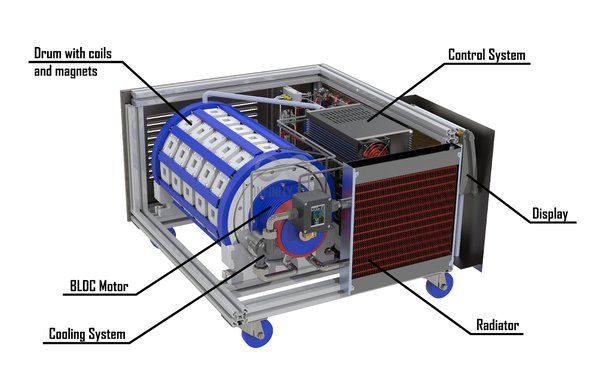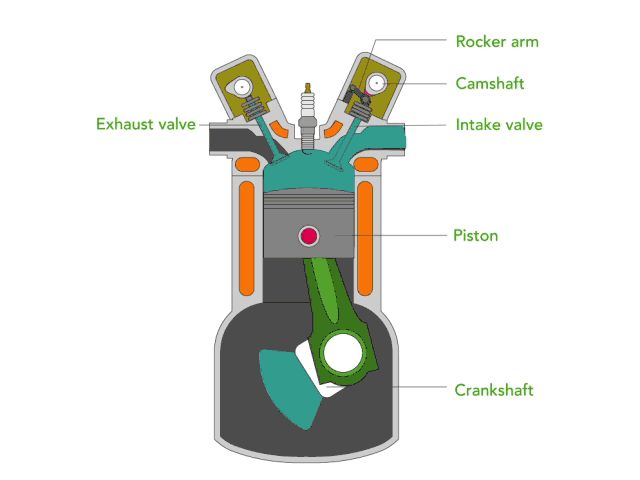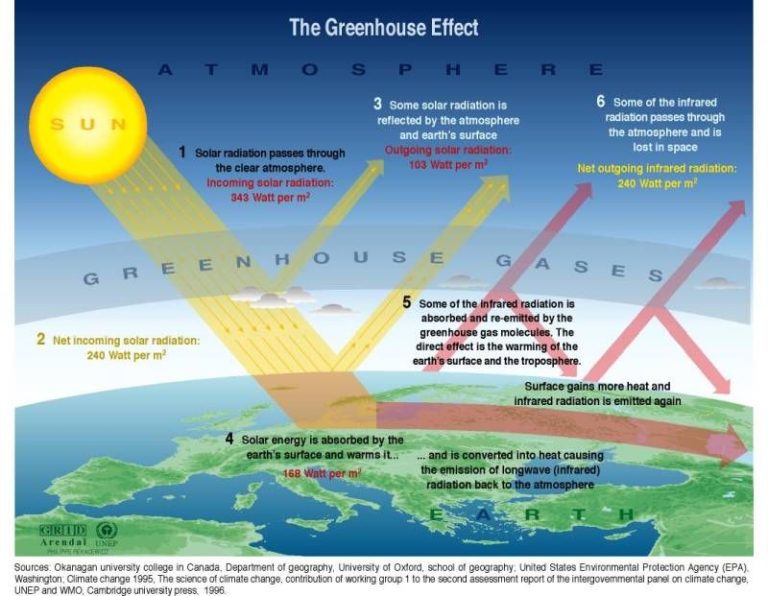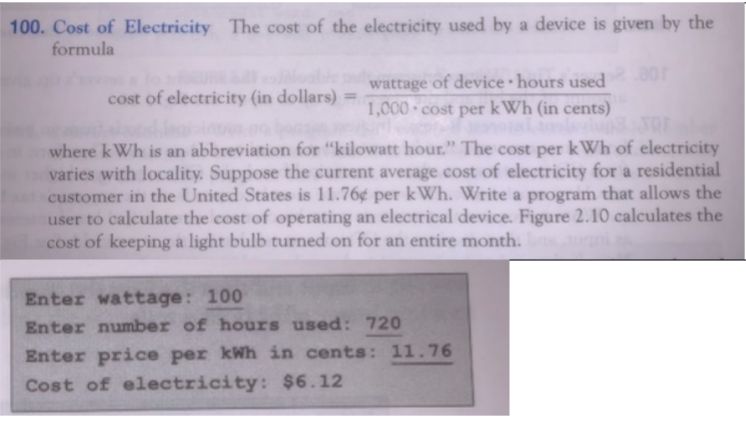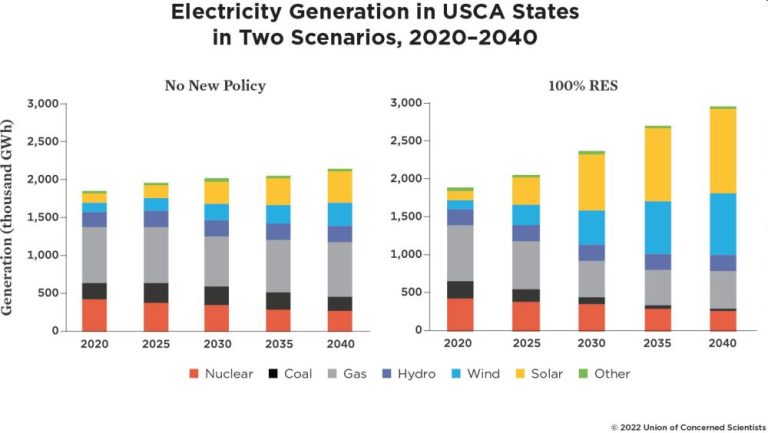What Generates Our Power?
Power generation is vital to modern society. We rely on electricity to light and heat our homes, run appliances, power businesses and manufacturing, and so much more. Without a steady supply of power, our world would come to a standstill.
Over the years, we’ve utilized a variety of power generation sources to meet the growing demand for electricity. Most of our power comes from burning fossil fuels like coal, natural gas, and oil. But concerns over pollution, sustainability, and climate change have led to greater adoption of nuclear, hydroelectric, and renewable energy sources like solar, wind, and geothermal power.
Each type of power generation comes with its own mix of advantages and disadvantages. As we look to the future, the goal is finding the right balance to deliver affordable, reliable electricity while minimizing environmental harm. This article provides an overview of the major power generation sources used today and where we may be headed in the future.
Fossil Fuels
Fossil fuels including coal, oil, and natural gas have accounted for the bulk of the world’s electric generation for over a century. These energy sources are formed when ancient plants and organisms are subjected to intense heat and pressure over millions of years. Fossil fuels are valued for their high energy density and relative ease of extraction.
Coal has been used as an energy source since the Industrial Revolution. It comes in various types including anthracite, bituminous, and lignite coal. Coal is usually burned in power plants to generate electricity. It drives steam turbines via its combustion heat. Coal combustion also produces harmful emissions that contribute to air pollution.
Petroleum in the form of oil and natural gas provide the majority of the world’s energy needs. Oil is refined into various fuel types including gasoline, diesel, and jet fuel. Natural gas can be directly used for heating and electricity generation. The internal combustion engine enabled the large-scale use of oil in transportation. Most nations rely heavily on oil and gas with the Middle East possessing a majority of global reserves.
The ubiquity of fossil fuels demonstrates their reliability and high energy density. However, concerns about sustainability, pollution, and geopolitical issues have driven interest in renewable energy alternatives. Fossil fuels will likely remain an important part of the global energy mix but their dominance is set to diminish in the coming decades.
Nuclear
Nuclear power plants use fission to split uranium atoms in a controlled chain reaction that generates heat. The heat is used to boil water, produce steam, and spin turbines to generate electricity. Uranium is a nonrenewable resource but its high energy density means a little fuel goes a long way. Nuclear waste remains radioactive and must be stored securely. Critics argue the risks outweigh the benefits. But nuclear energy is carbon-free, avoids air pollution from fossil fuels, and provides reliable baseload power.
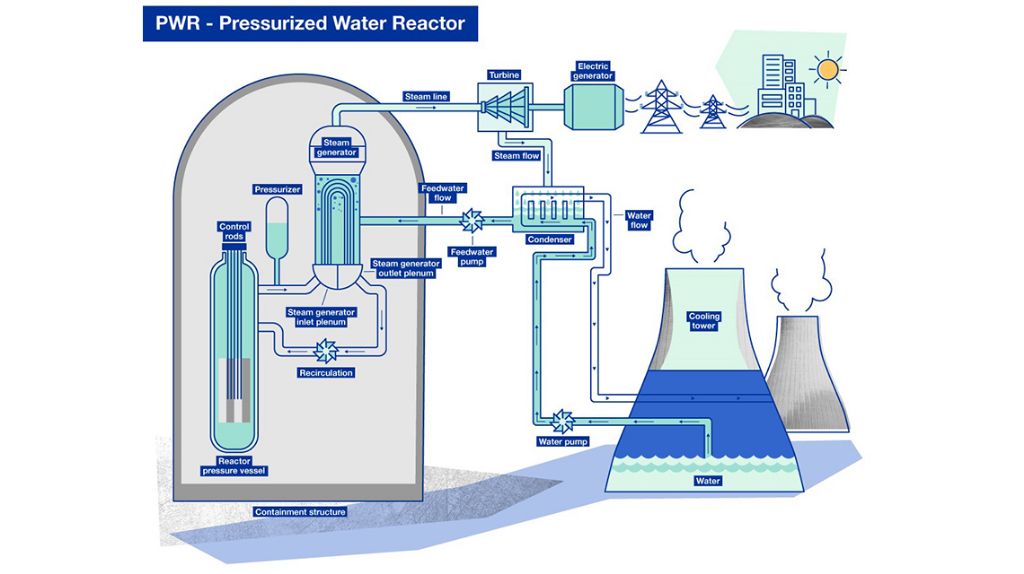
Today over 400 nuclear reactors in 30 countries supply about 10% of the world’s electricity. Asia leads in growth as China, India and others build new plants. The USA gets 20% of its electricity from its fleet of 94 reactors, but no new units have come online since the 1970s. Safety concerns linger from accidents like Chernobyl and Fukushima. Improved designs target inherent safety with passive cooling. Future designs may incorporate molten salt or thorium fuel cycles. Overall nuclear remains controversial but offers a mature carbon-free power source.
Hydroelectric
Hydroelectric power is generated by harnessing the energy of flowing water. It is one of the oldest and most widely used renewable energy sources. Hydroelectric plants capture the energy of falling or fast-flowing water to generate electricity.
There are several types of hydroelectric facilities:
- Dams – These facilities use dams to store river water in a reservoir. The water flows through turbines in the dam to generate electricity.
- Run-of-river – These plants harness the energy of rivers without the need for dams or reservoirs. They use the natural flow of the river to spin their turbines.
- Pumped storage – Water is pumped uphill into a reservoir when electricity demand is low. During times of high demand, the water flows back downhill through turbines to generate extra electricity.
While hydroelectric power is renewable and produces minimal greenhouse gas emissions, dams can impact local ecosystems and communities. Building large dams floods land and forests, altering natural habitats. Dams also block fish migration routes. However, technology improvements allow hydro facilities to be more eco-friendly, such as implementing fish ladders.
Overall, hydroelectricity will continue playing a major role in renewable power generation for years to come. With some environmental precautions, hydro can provide clean and reliable electricity globally.
Wind
Wind power harnesses the kinetic energy in wind and converts it into electricity using large wind turbines. Wind turbines use blades to capture the wind and rotate a shaft connected to a generator to produce electricity. There are two main types of wind turbines:
Onshore wind turbines are located on land, often in rural or agricultural areas. Their towers are usually about 80-100 meters tall. Onshore wind is one of the most widely utilized renewable energy sources globally.
Offshore wind turbines are located in bodies of water like oceans, lakes, and rivers. They can be larger than onshore turbines since there are fewer space constraints, with towers over 100 meters tall. Offshore wind has become an increasingly important source of renewable energy, especially in Europe.
One challenge with wind power is its intermittent nature. The amount of electricity generated depends on wind availability, which can fluctuate. This requires effective forecasting and integration with energy storage and backup power sources to ensure grid reliability as wind generation increases.
Solar
Solar power has emerged as one of the most promising renewable energy sources in recent years. The two main technologies used to generate electricity from solar energy are photovoltaics (PV) and concentrated solar power (CSP). PV cells convert sunlight directly into electricity using semiconducting materials, while CSP uses mirrors to concentrate sunlight to heat a fluid that drives a steam turbine.
The costs of solar PV have dropped dramatically, by over 80% in the last decade. This is driven by improvements in manufacturing, economies of scale, and advances in panel efficiency. Many experts predict that solar will reach cost parity with fossil fuels within the next few years. The levelized cost of electricity from utility-scale solar PV is now competitive with natural gas and coal in many regions.
Solar energy has huge potential for future growth. The amount of sunlight that hits the Earth’s surface in one hour contains more energy than the entire world consumes in a year. Solar PV only accounted for around 3% of global electricity generation in 2020, so there is enormous room for expansion. The modular nature of solar also allows it to scale rapidly to meet rising energy demands.
Several trends are accelerating solar’s adoption worldwide. These include supportive government policies, corporates and individuals installing rooftop solar panels, and large solar farms being built to provide clean power to the grid. With its environmental benefits and bright outlook for the future, solar is poised to be a major pillar of the global energy mix going forward.
Geothermal
Geothermal energy utilizes the heat generated and stored within the Earth to produce clean and sustainable electricity. The technology relies on accessing pockets of hot water or steam located thousands of feet below the Earth’s surface. Wells can be drilled into underground reservoirs to tap steam and very hot water that drive turbines to produce electricity. In some cases, hot water is pumped directly into buildings for heating.
Geothermal power plants are very flexible – they can be ramped up and down quickly to accommodate shifts in electricity demand. They provide a stable base load with typical availabilities of 90-95%. What’s more, geothermal plants emit little or no greenhouse gases as they generate electricity. The plants have a small footprint and minimal visual impact compared to other power generation technologies.
The western United States, Alaska, Hawaii, Iceland, East Africa, and parts of Asia are some of the most promising locations for geothermal development due to active tectonic plate boundaries. Enhanced geothermal systems (EGS) are also unlocking potential in areas not traditionally considered viable by injecting fluid into hot dry rock reservoirs to produce steam for power generation. Overall, geothermal energy could provide over 100 gigawatts of base load power in the U.S. alone with further resource development. As technology improves and more regions are tapped, geothermal promises to be a major contributor to the world’s renewable energy portfolio.
Bioenergy
Bioenergy refers to renewable energy derived from organic matter, known as biomass. There are several types of bioenergy, including:
Biomass: This involves burning wood, plants, and other organic waste to generate electricity and heat. Sources of biomass include forests, farms, and landfills. When burned, biomass releases the carbon dioxide that plants absorbed during growth, making it close to carbon neutral.
Biogas: Biogas is produced from the breakdown of organic matter by microorganisms in an oxygen-free environment, a process called anaerobic digestion. Sources of biogas include landfills, sewage, and manure. The main component of biogas is methane, which can be used similarly to natural gas.
Biofuels: These liquid fuels are derived from biomass and include ethanol, which is made by fermenting sugar or starch crops, and biodiesel, which is made from vegetable oils, animal fats, and recycled cooking grease. They can power vehicles and generate electricity.
The main advantage of bioenergy is that it can provide carbon-neutral energy from renewable organic matter. If sustainably produced, bioenergy could play a key role in reducing fossil fuel use and greenhouse gas emissions. However, large-scale bioenergy production raises concerns about food security, loss of wildlife habitat, and other environmental impacts.
The Future
As we look to the future, there are exciting new renewable energy technologies emerging that hold great promise. Wind and solar power have seen dramatic growth in recent years and are expected to continue expanding as costs fall. New advancements in battery storage technology will also help integrate higher levels of renewables onto the grid.
There is a major shift underway towards more distributed renewable energy generation, rather than reliance on centralized fossil fuel power plants. Rooftop solar panels, small wind turbines, microgrids, and community solar projects are putting power generation closer to the end user. Homes and businesses can even generate their own electricity and store it locally with batteries.
The plummeting prices of renewables, combined with their environmental benefits, will drive continued strong growth. According to projections, renewables will supply over 50% of global electricity by 2050, with solar and wind providing the bulk. The future is bright for clean, renewable power that sustains the planet and electrifies the world.
Conclusion
As we have seen, there are many different sources that generate the power we rely on in our everyday lives. Fossil fuels like coal, oil and natural gas still make up the majority of power generation globally, but their finite supplies and environmental impacts mean we need to transition to more sustainable sources. Renewables like solar, wind, hydroelectric and geothermal energy are clean and abundant, and improvements in technology are allowing them to become more widespread and affordable. Nuclear provides steady baseline power, but high costs and radioactive waste make it controversial. There are still hurdles to overcome, but the technology exists today to meet our energy needs sustainably while combatting climate change. By diversifying our energy mix and investing in green power, we can build a cleaner and more resilient power grid for current and future generations. The transition will require effort, but it is necessary to ensure we have reliable and environmentally responsible power for years to come.

